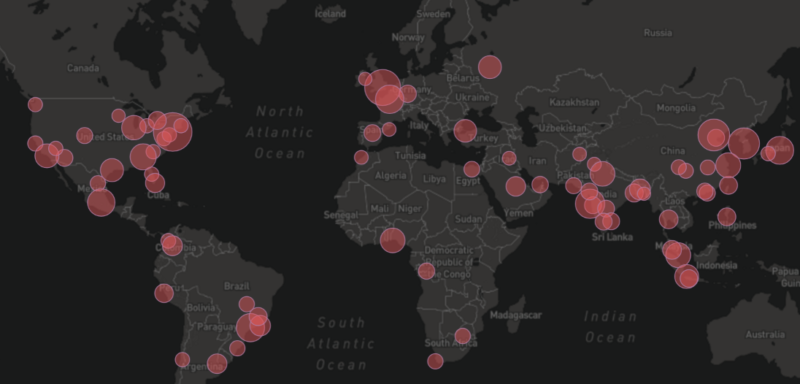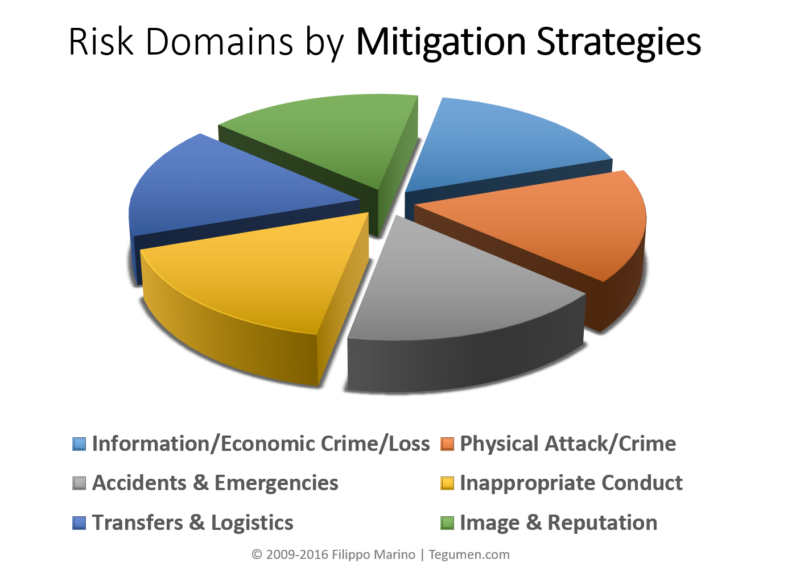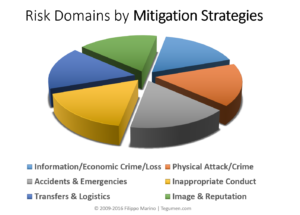
Tegumen has recently developed a proprietary rating model to identify the most significant geographies for Executive Protection operations for the next five to ten years. The analysis is aimed at anticipating the geographies where Fortune 500 and Global 2000 EP details will be more likely to operate in over the course of an average year. A couple of clarifications about the analysis:
- The results are used as a baseline for the forecasting of corporate EP teams operations, and advance planning of resources, competencies and other requirements. Obviously, each global enterprise or international organization will have a unique geographic and operational footprint that, to some degree, will supersede the baseline scores.
- The heatmap and its underlying scoring methodology is aimed at the corporate and Ultra High Net Worth (UHNW) sectors of the protective security industry (as opposed to the High-Threat/PSD, diplomatic, faith-based, or celebrity protective ops.)
- Volume and frequency of routine protective efforts weigh more heavily on the scoring methodology, as opposed to geographic risk or threat level. Driving factors include number of Fortune 500 and Global 2000 corporate headquarters, airport traffic, urban population and growth rates, market conditions, UHNW population, etc.
How to use this map: Third-generation protective efforts are highly adaptive and intelligence driven. By anticipating high likelihood/frequency operating environments and destinations, EP teams can improve advance planning and identify/engage resources that will be needed in such geographies. Merge your organization’s key locations and past/projected travel patterns with the baseline data included herein in order to assign probability scores to countries and cities. In addition, by mapping the unique risk profiles of these operating environments, teams can adapt skills, competencies and training to match the dominant risk domains.



